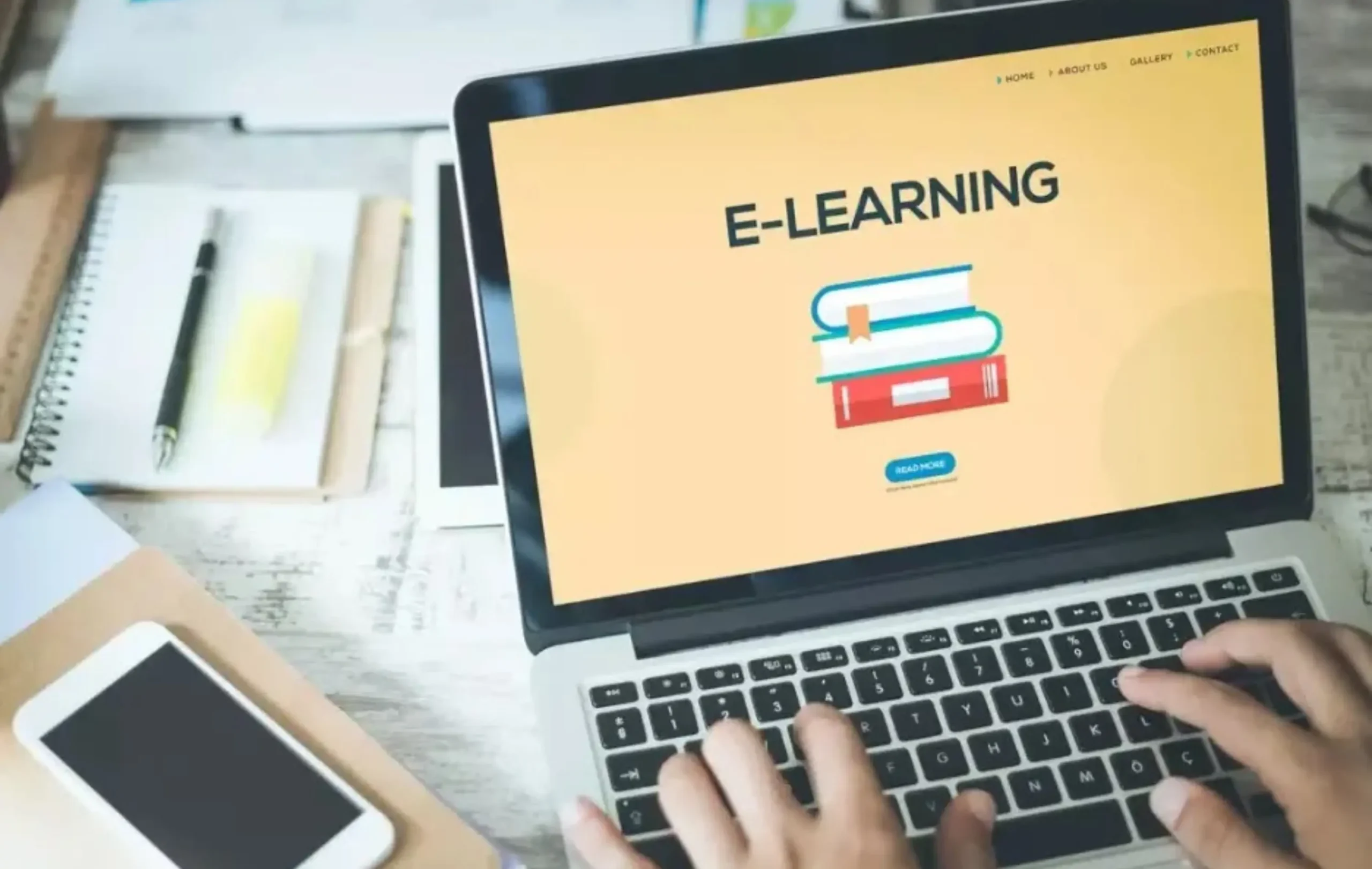Introduction
In recent years, the landscape of education has undergone a profound transformation fueled by advancements in technology. One of the most significant shifts has been the rise of distance learning, which has revolutionized how education is delivered and accessed across the globe. With the advent of digital tools and online platforms, learners now have unprecedented opportunities to engage in learning experiences that transcend the boundaries of time and space.
This paper explores the pivotal role of technology in distance learning, examining its evolution, impact, challenges, and future prospects. By delving into the intersection of education and technology, we aim to uncover the opportunities and complexities inherent in this rapidly evolving field.
Importance of Technology in Education

Technology has become an indispensable tool in modern education, offering myriad benefits to learners and educators alike. From enhancing accessibility and flexibility to fostering collaboration and engagement, digital technologies have transformed the educational landscape in profound ways. Moreover, in an increasingly digitized world, proficiency in technology has become a vital skill for students to succeed in the 21st-century workforce.
Purpose of the Study
Against this backdrop, this study aims to explore the multifaceted role of technology in distance learning. By examining the evolution of distance education, analyzing key technologies and pedagogical approaches, and identifying challenges and opportunities, we seek to provide insights into how technology is shaping the future of education. Ultimately, our goal is to inform educators, policymakers, and stakeholders about the transformative potential of technology in expanding access to quality education and driving innovation in teaching and learning practices.
Through a comprehensive examination of the subject, we hope to contribute to a deeper understanding of the complex interplay between technology and education, paving the way for informed decision-making and strategic investments in educational technology initiatives.
Background and Context
Importance of Technology in Education
Technology has become an indispensable tool in modern education, revolutionizing the way students learn, teachers instruct, and educational institutions operate. Its significance lies in its ability to enhance access, engagement, and outcomes across diverse learning environments. Here are several reasons why technology is crucial in education:
Accessibility:
Technology breaks down geographical barriers, allowing learners to access educational resources and opportunities from anywhere with an internet connection. This is particularly beneficial for individuals in remote or underserved communities who may not have access to traditional educational institutions.
Flexibility:
Digital learning platforms offer flexibility in terms of pace, timing, and delivery modes, accommodating diverse learning styles and preferences. Students can learn at their own pace, revisit concepts as needed, and engage with content through multimedia resources, simulations, and interactive activities.

Engagement:
Interactive multimedia tools and gamified learning experiences captivate students’ attention and foster active participation in the learning process. From virtual field trips to educational games, technology enriches educational content, making it more engaging and memorable.
Personalization:
Adaptive learning technologies use algorithms to tailor educational content and activities to each student’s unique needs, abilities, and interests. This personalized approach promotes individualized instruction, allowing students to progress at their own pace and focus on areas where they need additional support.
Collaboration:
Online collaboration platforms enable students to collaborate with peers, instructors, and experts from around the world, fostering a sense of community and enhancing collaborative learning experiences. Through group projects, discussion forums, and real-time communication tools, students develop essential teamwork and communication skills.
Access to Resources:
The internet serves as a vast repository of educational resources, including digital textbooks, academic journals, multimedia materials, and open educational resources (OERs). Technology empowers students to access up-to-date information, conduct research, and explore diverse perspectives on various topics.
Efficiency and Productivity:
Educational technology streamlines administrative tasks, such as grading, attendance tracking, and lesson planning, allowing educators to focus more time and energy on teaching and student support. Digital tools also facilitate communication between teachers, students, and parents, enhancing transparency and collaboration.
Preparation for the Future:
In today’s digital society, proficiency in technology is essential for success in the workforce and everyday life. By integrating technology into education, students develop digital literacy, critical thinking, problem-solving, and creativity skills that are vital for navigating the complexities of the 21st-century world.
In summary, technology plays a transformative role in education by expanding access, enhancing engagement, promoting personalization, facilitating collaboration, and preparing students for the demands of the digital age. By harnessing the power of technology, educators can create dynamic and inclusive learning environments that empower students to achieve their full potential.
Technological Advancements Shaping Distance Education
Distance education has evolved significantly over the years, driven by technological innovations that have revolutionized how learning is delivered and experienced. The following are key technological advancements that have had a profound impact on distance education:
Internet Connectivity:
The widespread availability of high-speed internet has been a game-changer for distance education, enabling seamless access to online learning resources, multimedia content, and interactive communication platforms. Broadband internet has facilitated real-time video conferencing, live streaming of lectures, and collaborative online learning environments.
Learning Management Systems (LMS):
LMS platforms, such as Moodle, Blackboard, and Canvas, provide centralized hubs for course content management, communication, assessment, and collaboration. These platforms allow instructors to organize course materials, deliver lectures, facilitate discussions, and track student progress in a digital environment.
Video Conferencing Tools:
Video conferencing software, such as Zoom, Microsoft Teams, and Google Meet, enables synchronous communication and virtual face-to-face interactions between instructors and students. These tools facilitate live lectures, interactive discussions, virtual office hours, and group meetings, replicating the experience of a traditional classroom environment.
Online Collaboration Platforms:
Platforms like Google Workspace (formerly G Suite), Microsoft 365, and Slack foster collaboration and teamwork among students and instructors.


